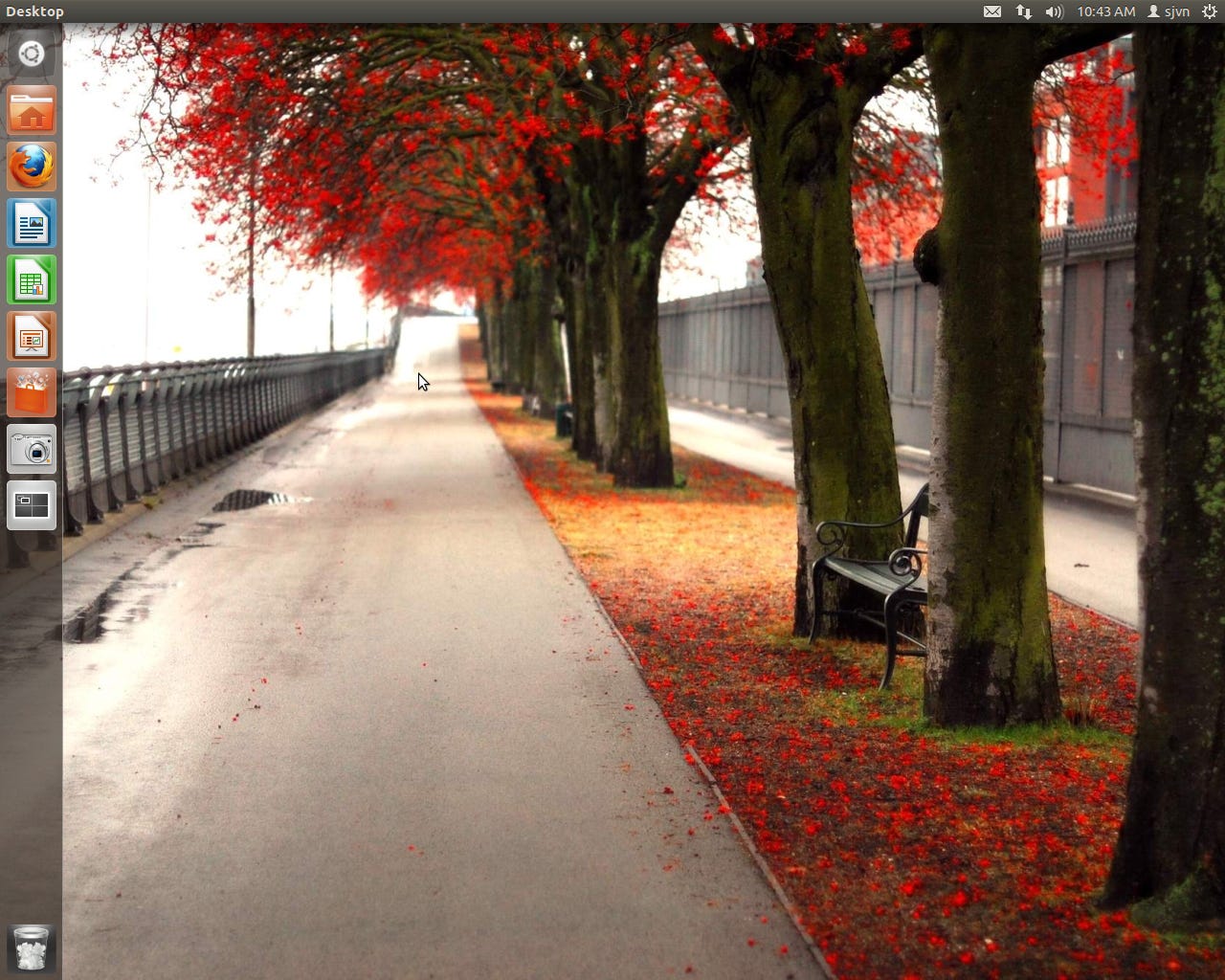Welcome to Ubuntu 11.10: Oneiric Ocelot


Welcome to Ubuntu. Yes, that’s the new and improved Unity interface. If you want an old style GNOME interface, , look to Mint Linux. Want to try the new GNOME shell, see Fedora. Ubuntu’s default desktop is going to stay Unity.
Here's the full review.
If you can’t find the application or file you’re looking for on Unity’s left menu bar, you can use Unity’s Dash interface. This is a combination desktop search engine and file and application interface.
Can’t recall where you put something? Let Ubuntu Dash do the job for you. With its instant search, it’s quite handy.
For Web browsing Ubuntu uses the latest version of Firefox. Notice how Unity places this known application is in full-screen mode.
Need an application’s menu Unity’s sidebar menu from a full-screen application? Just move your pointer to the top of the screen for the application’s menu and to the left side of the screen for the Unity side menu.
Ubuntu, for reasons I don’t get, have decided to replace Evolution with Thunderbird for its e-mail client. I found it slow as a standalone client, but it worked OK as an interface for Gmail.
Need a new application? Then check out Ubuntu’s built-in app. store: the Ubuntu Software Center.
In the Ubuntu Software Center, each application comes with a useful description, reviews, and one click installation. Now, does anyone still think installing programs in Linux is hard?
The Oneiric Ocelot also comes with built-in integration with online services. Here, for example, I’ve set up my Ubuntu desktop to work automatically with my various Google accounts. No fuss, no muss.
Ubuntu also works well with your local networks. Here, for example, I’m looking at a pair of Samba server networks and a Windows 2008 R2 Active Directory network.
For music, Ubuntu integrates the Banshee media player. It, in turn, can use its own music libraries, networked music sources, and Internet-based music services.
Ubuntu is a Linux desktop that’s meant to work hand-in-glove with the cloud. Ubuntu One, the system’s cloud service, can also be used with Windows, iPhones and Android devices.
You control how much bandwidth Ubuntu gets to use for its cloud services.
Like all Linuxes, Ubuntu makes it easy to run multiple desktops at one time.